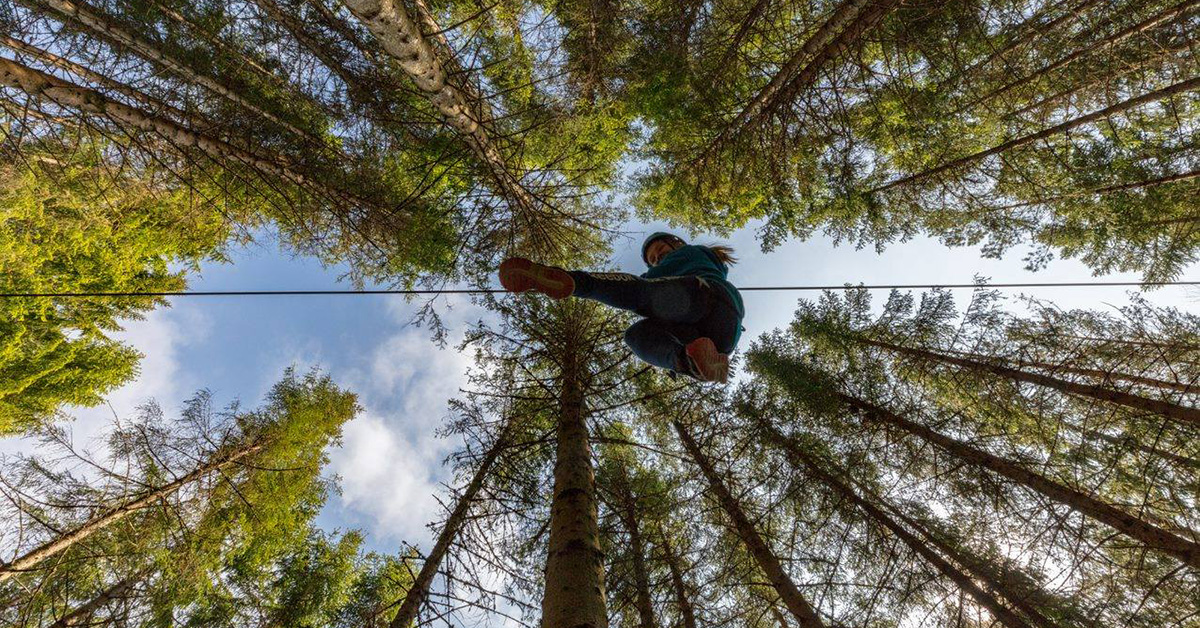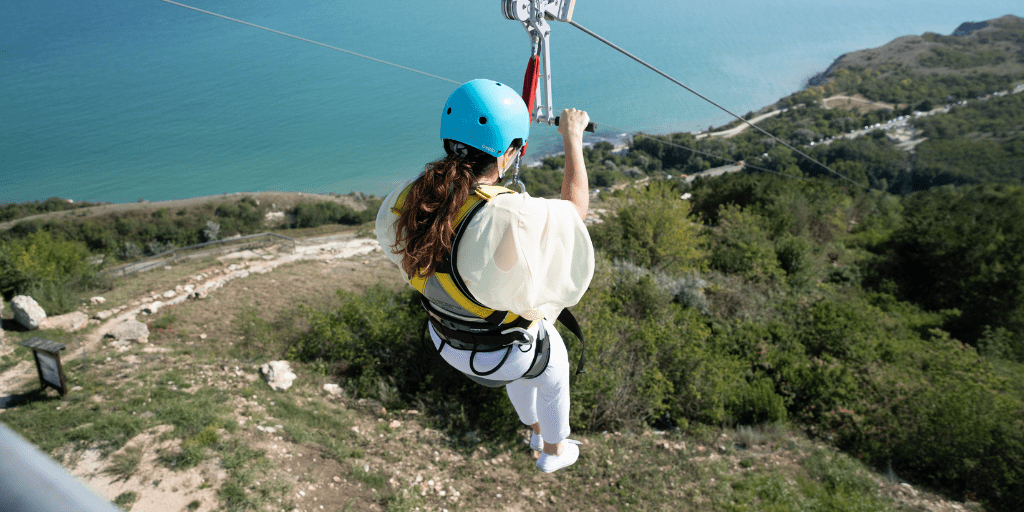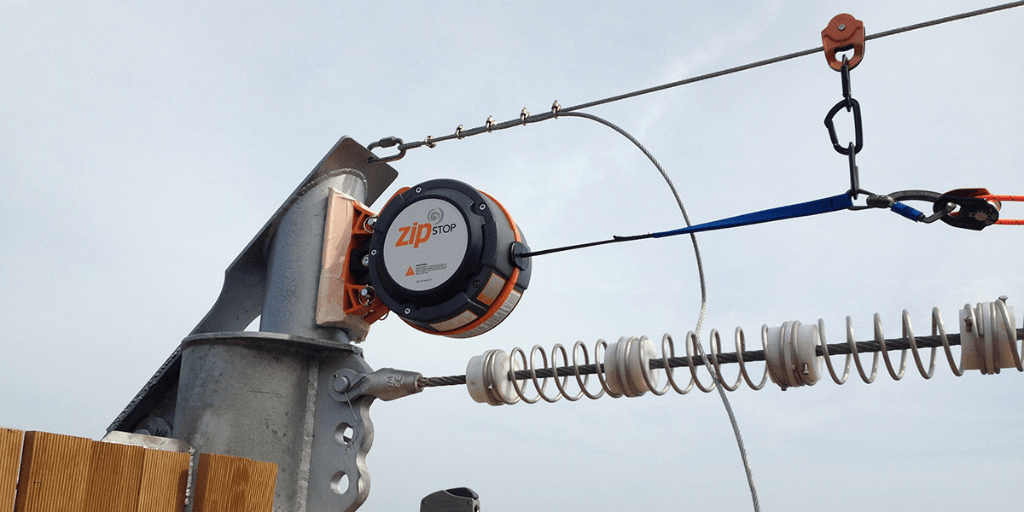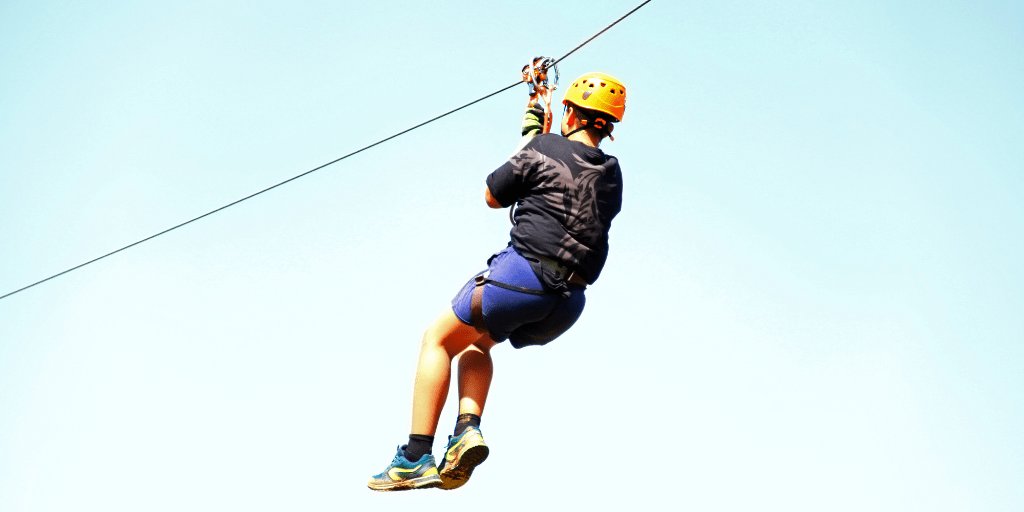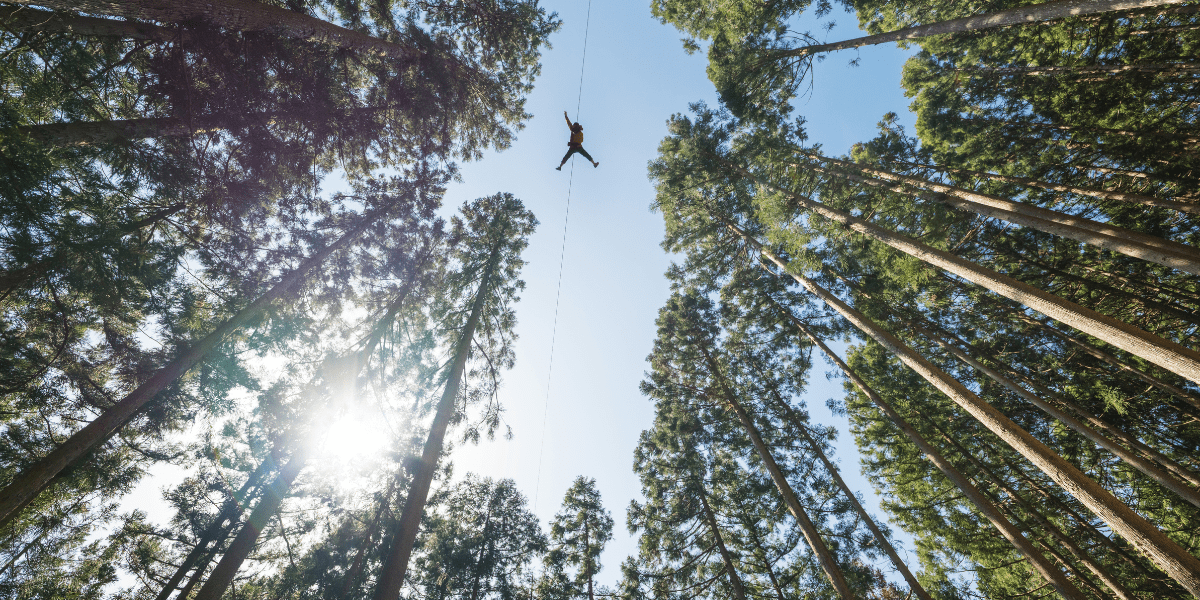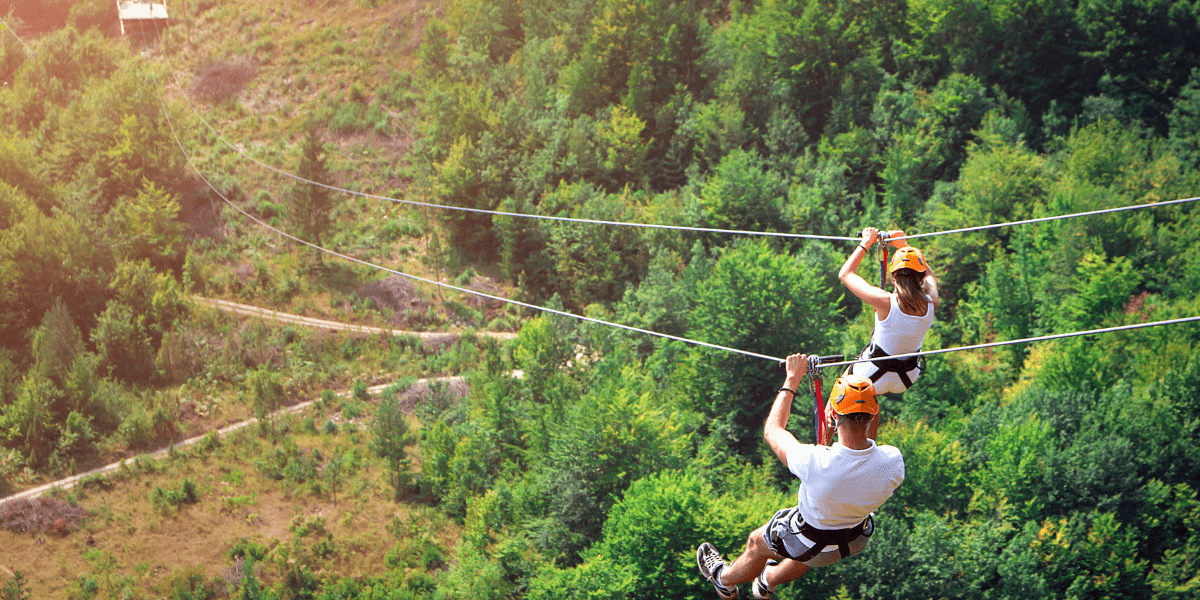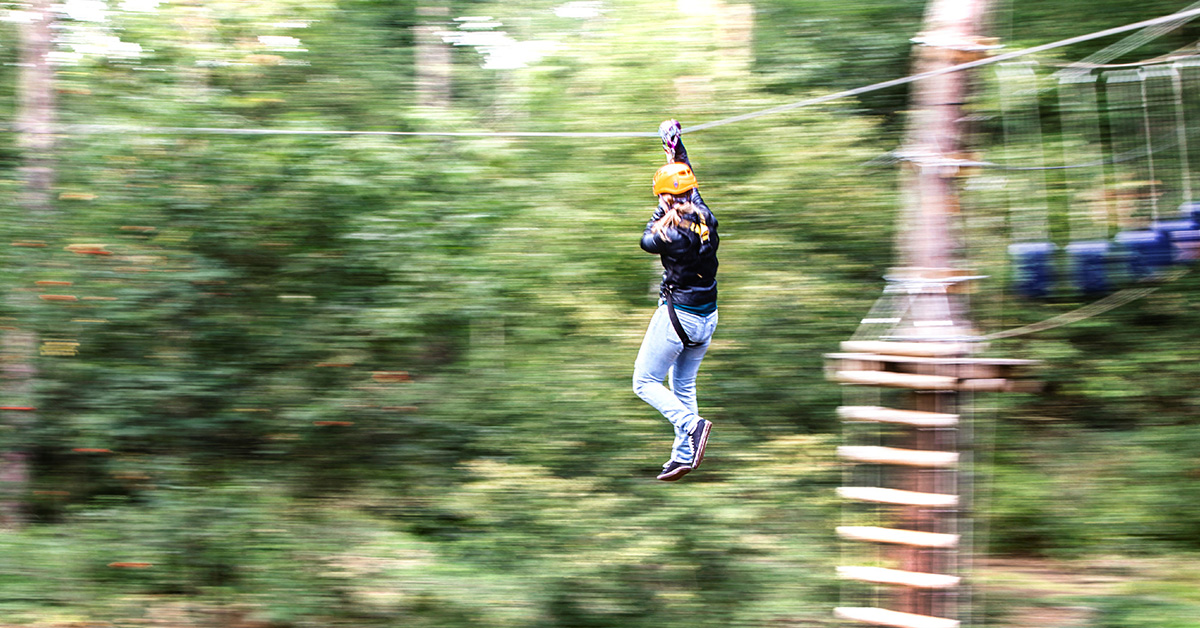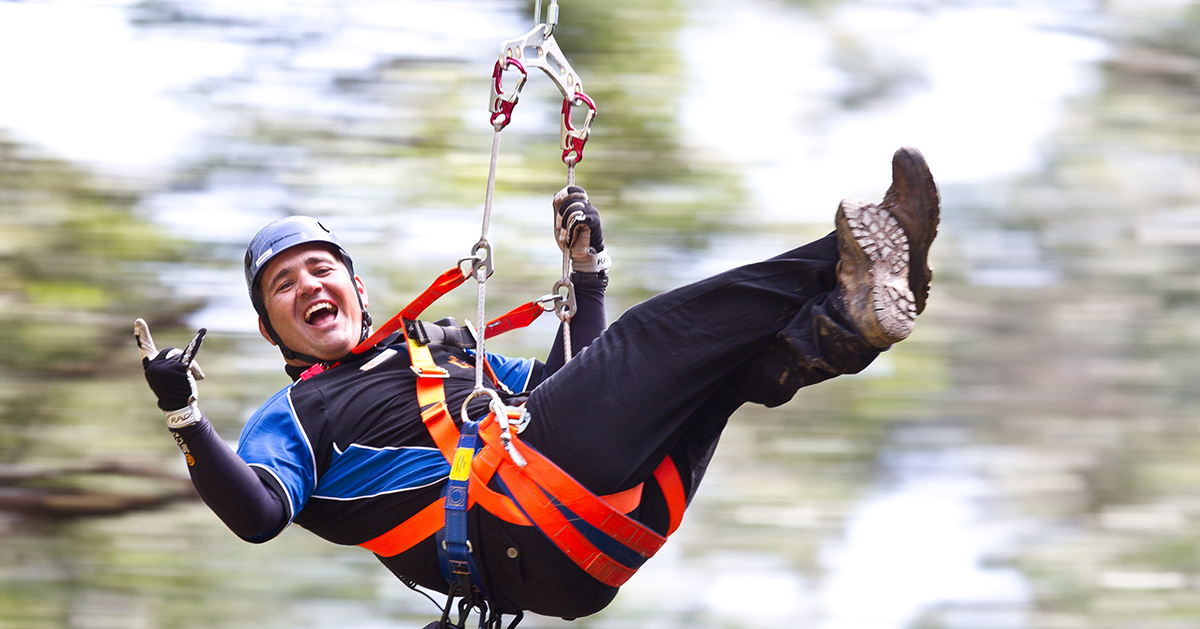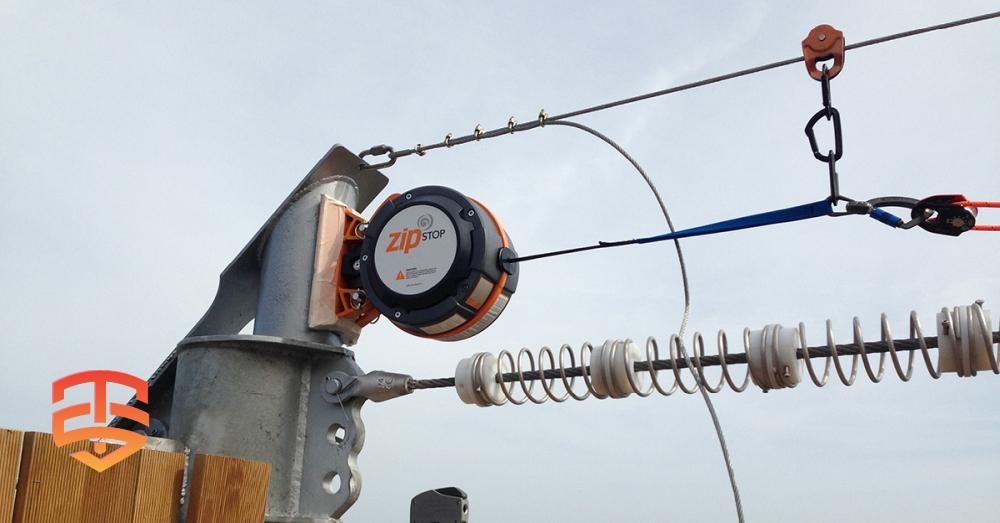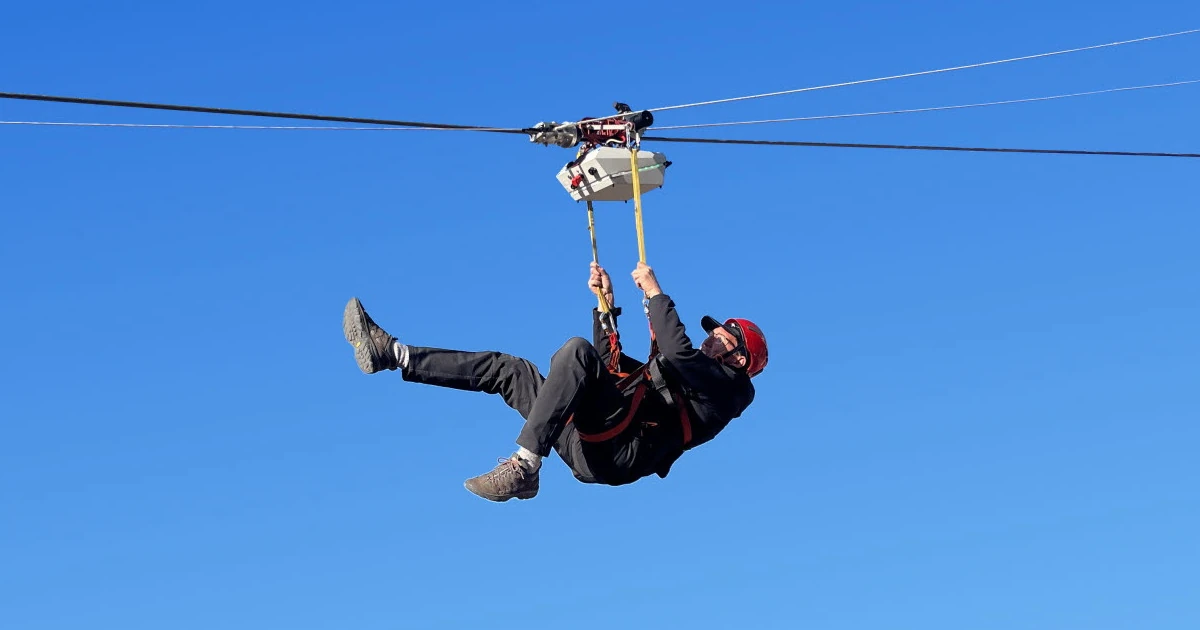
We are proud to introduce ZipTronik, a groundbreaking advancement set to redefine the zip line experience. Just as recent innovations have propelled the adventure park industry forward with the excitement of uphill zip lines, ZipTronik is poised to revolutionize the possibilities of zip line attractions. ZipTronik represents a cutting-edge bi-directional zip line trolley solution that empowers riders to navigate zip lines in both directions.
Continue reading Redefining the Zip Line Experience with Bi-Directional Technology
